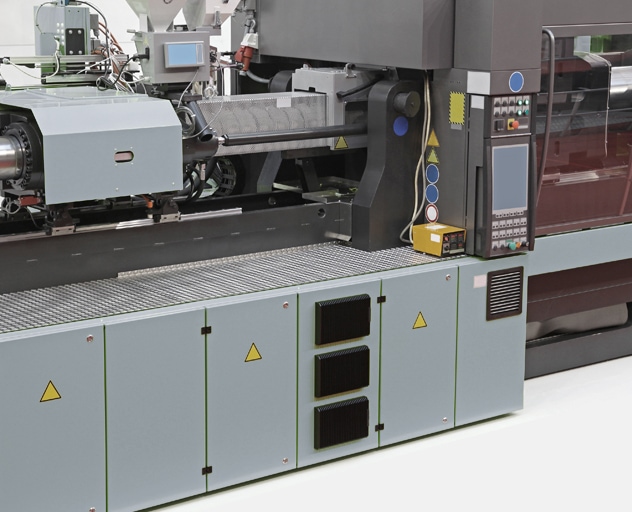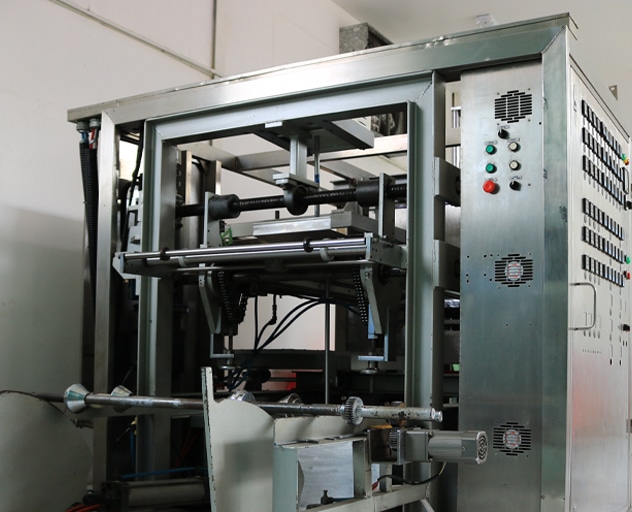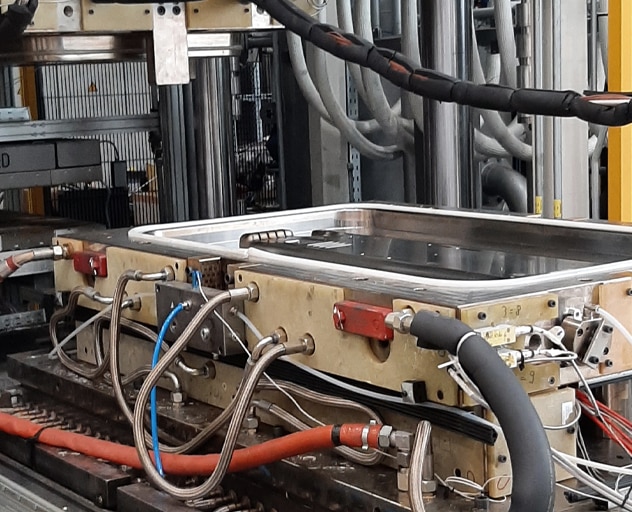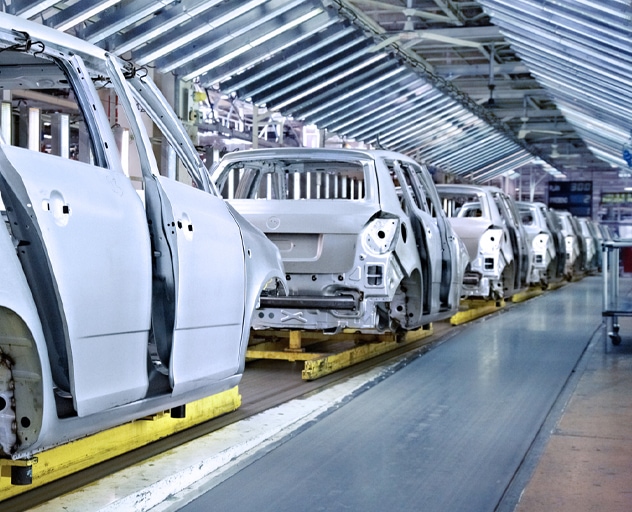Bringing parts to market faster, at lower cost
The auto industry is highly regulated, cost-sensitive, and requires high repeatability & reproducibility (R&R) for global platforms produced in high volumes. The industry is grappling with global supply-chain issues. Additional pressures come from the rapid push for fleet electrification, forcing the creation of entirely new supply chains, and the need to bring differentiated products to market faster than ever requires new solutions ensuring flawless production plus transparency.
Regardless of whether they’re molded in Mexico, Brazil, Slovakia, or China, parts must look and perform the same. For first-surface parts, aesthetics are as important as functionality, and cost is king everywhere on the vehicle. Since production volumes are high and tooling is costly, the ability to reduce waste and cut time off molding cycles is a major benefit not only for directly reducing part costs but indirectly avoiding the purchase of additional tools, presses, quality checks, and finishing stations.
Our contributions to the automotive industry
Our Solution
Tomorrow’s Technology Here Today
Design closer to engineering limits of materials via more accurate materials characterization. Demystify and predict process shifts and help suppliers produce parts in multiple geographies faster, more consistently, with 100% traceability and lower cost of quality. Help OEMs bring products to market faster. Reduce direct as well as indirect costs and achieve faster return on investment (ROI) with less sunk capital. Safely incorporate more recycled content without sacrificing performance or aesthetics.
sensXPERT Digital MoldKey Benefits of our Solution
Improve process R&R, bring products to market faster at lower cost.
Lower Indirect Costs
Shorter processes means fewer tools or tools with fewer cavities are needed for each program. This reduces indirect costs and means molds can be produced in less time.
Lower Direct Costs
Faster and more consistent cycles, lower energy usage, and less waste lowers direct costs while helping manufacturers bring products to market faster.
High R&R no matter the Location
To supply global platforms, processes must be controlled, consistent, and traceable regardless of location, lowering the cost of quality and reducing supply-chain issues.
Designed to optimize your processes

Reaction Injection Molding
RIM produces high-density, high-modulus elastomeric parts or stiff, low-density parts with solid skins and foamed cores characterized by very low shrinkage and post-mold cracking with Class A painted surfaces. Either form may incorporate metallic inserts or be reinforced to provide semi-structural or structural performance. Liquid resin components—usually thermoset, although reactive PA6 also can be used—are premixed at high pressure (10-21 MPa), then injected into a closed/2-sided tool at much lower pressures (0.4-1.1 MPa; 100-150 tonnes clamping force) to produce highly-complex parts allowing significant variations in wall thickness. Since the mold is filled before polymerization begins, parts exhibit low internal stresses. Often used to produce very-large parts, RIM also is used for electronics encapsulation.

Compression Molding
Involves placing pre-weighed charges of material (thermoset or thermoplastic, sheet or bulk form, with or without fiber reinforcement) into lower half of a 2-sided mold. The press closes along the vertical axis and material flows—a little or a lot depending on reinforcement type and mold design—to fill a 2D or 2.5D shape. Clamping pressures as high as 5,000 tonnes are used in this closed-mold process and platens may be quite large. Slides/side action are used to create undercuts and facilitate demolding. Thermoplastics are preheated, then placed in cool molds while thermosets are placed in hot molds to cure. Molding cycles range from 30 sec to 2.5 min. Metallic hardware, surface films or scrims may be inserted. To optimize mechanicals, moldability, and cost, charges with mixed fiber types (e.g., unidirectional plus chopped, glass and carbon) can be combined if matrix is matched.

Resin Transfer Molding
RTM is a closed mold process capable of producing complex, 3D parts (regardless of part size) with good surface finishes and up to 50% FVF. Typically, multicomponent thermoset resins are used in a hot tool, although in situ polymerized e-caprolactam is used in the T-RTM variant to mold very large (thermoplastic) PA 6 structures. Tools can be precoated with gel coat to reduce finishing. Dry-fiber preforms (with optional metallic hardware and/or foam cores/sandwich structures) are placed in a tool, which closes and resin is injected at pressures of 0.4-1.0 MPa prior to forming. Cycles are measured in minutes or tens of minutes rather than seconds, with HP-RTM an order of magnitude faster than RTM owing to higher injection pressures of 10-15 MPa. VARTM, with injection pressures of 0.35-0.70 MPa, is used to produce very-large and/or thick parts like wind turbine blades and marine hulls .



